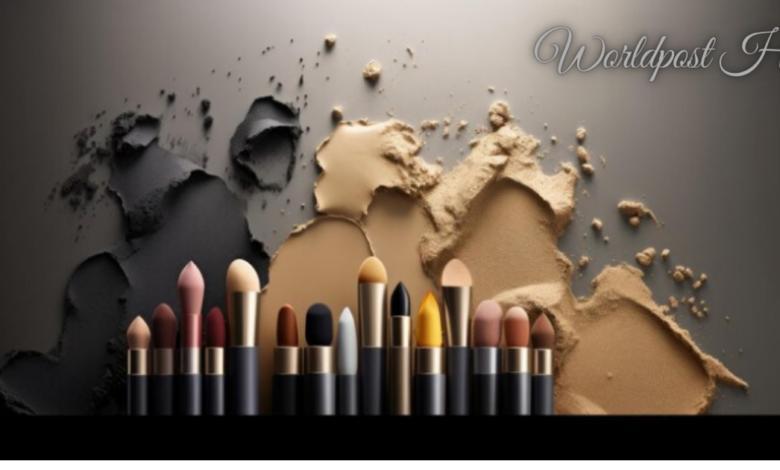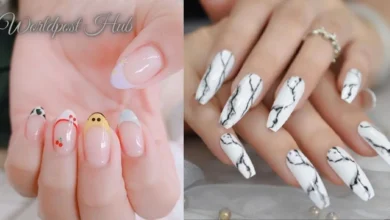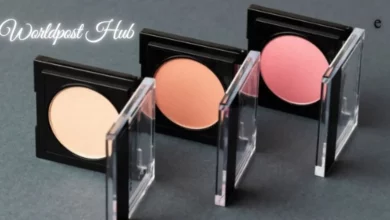What is the Current Size and Valuation of the Global Cosmetic Industry?

The global cosmetic industry has witnessed remarkable growth, with its valuation reaching an astounding figure in recent years. Amidst evolving beauty standards and increasing consumer demand for diverse products, the industry has expanded exponentially. Over the past decade, the industry’s size has grown significantly, reflecting a lucrative market.
Key Players and Market Valuation
Several key players dominate the cosmetic market, contributing significantly to its valuation. Companies like L’Oréal, Estée Lauder, and Procter & Gamble stand at the forefront, driving innovation and setting trends that shape the industry’s trajectory.
Regional Contributions to the Cosmetic Market
Certain regions and countries emerge as pivotal contributors to the global cosmetic market. The United States, China, Japan, and South Korea are among the largest consumers and producers of cosmetic products, accounting for substantial market shares.
Recent Trends in Cosmetic Product Preferences
In recent years, the cosmetic industry has witnessed a shift in consumer preferences. Natural and organic products, cruelty-free formulations, and inclusive beauty have gained considerable traction. Emerging segments like clean beauty, personalized skincare, and gender-neutral products are becoming increasingly popular among consumers.
Factors Driving Global Cosmetic Industry Growth
The industry’s growth is propelled by various factors, including increased disposable income, changing lifestyles, social media influence, and a growing emphasis on self-care and wellness.
Influence of Consumer Demographics on Purchasing Patterns
Consumer demographics, such as age, gender, and socio-economic status, significantly influence purchasing patterns within the cosmetic industry. Millennials and Gen Z, for instance, exhibit a penchant for sustainable and innovative beauty products.
Segmentation of the Global Beauty Market
Skincare, makeup, haircare, and other segments constitute the global beauty market. Skincare holds a significant portion, followed closely by makeup and haircare, reflecting evolving beauty routines and preferences.
Impact of Digital Landscape on Cosmetic Sales
The digital landscape has revolutionized the cosmetic industry, serving as a powerful platform for marketing, sales, and product accessibility. E-commerce, social media marketing, and influencer collaborations have reshaped consumer behavior and buying patterns.
Projected Future Growth and Influential Factors
Forecasts indicate continuous growth in the cosmetic industry, fueled by technological advancements, product innovations, and an increasing focus on sustainability and inclusivity.
Sustainability and Ethical Concerns in Consumer Behavior
The rising awareness of sustainability and ethical concerns has significantly influenced consumer behavior. Eco-friendly packaging, cruelty-free formulations, and transparency in sourcing ingredients have become pivotal factors in purchasing decisions.
Variations in Regulatory Frameworks and Cultural Perceptions
Regulatory frameworks and cultural perceptions vary across regions, impacting the consumption and production of cosmetic products globally. Diverse regulations and cultural attitudes toward beauty standards shape market dynamics and product offerings.
Conclusion
The global cosmetic industry has undergone a transformative journey, marked by exponential growth and evolving consumer preferences. With technological advancements, changing demographics, and a heightened emphasis on sustainability, the industry continues to redefine beauty standards and drive innovation.





